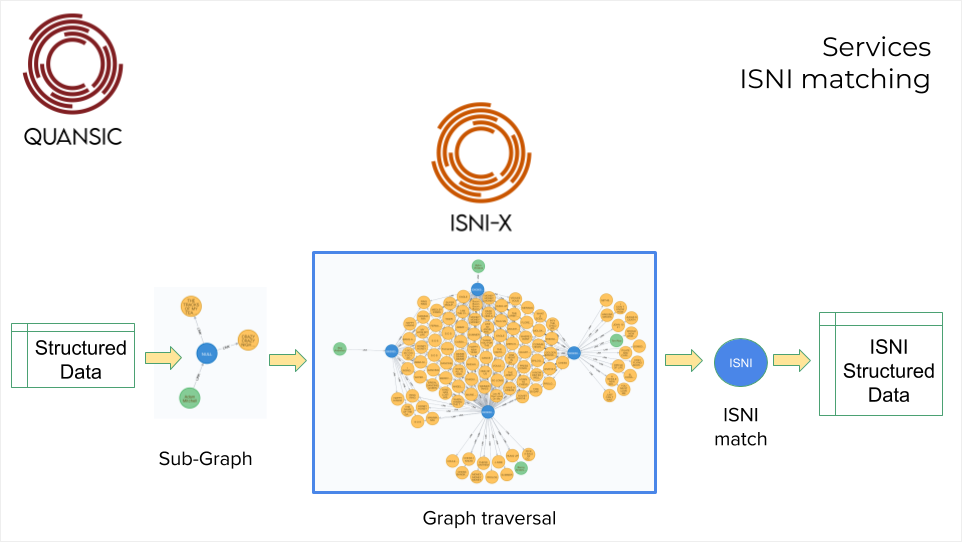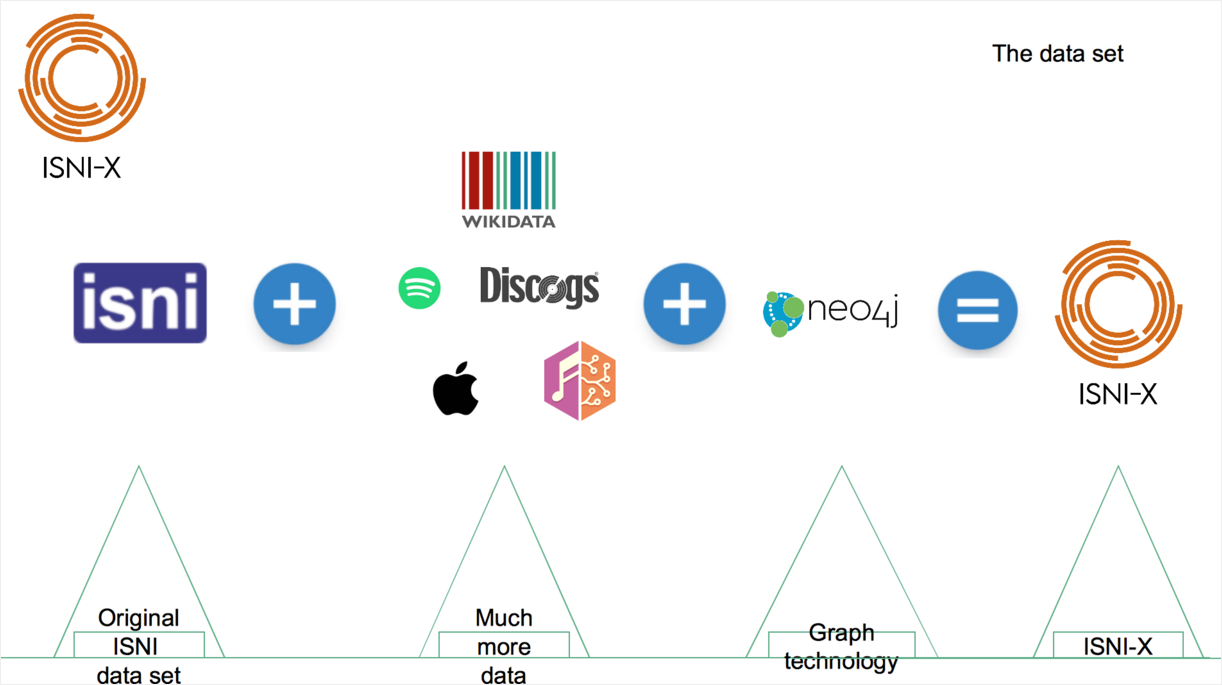Getting metadata right has become priority number one for the rights management community. In the music sector, ISRCs (recordings) and ISWCs (compositions) are the key identifiers, but what if ISNIs were the missing link? Such is the belief of French metadata expert FX Nuttall (FX stands for François-Xavier), who sees himself as an ISNI evangelist.
ISNI, or International Standard Name Identifier, is an International Organisation for Standardisation (ISO 27729) – a certified global standard number for identifying the millions of contributors to creative works, including researchers, inventors, writers, artists, visual creators, performers, producers, publishers, aggregators, and more.
Nuttall, who founded his first music metadata company, AudioSoft, in 1995, is no stranger to ISNI. While working as a consultant for 10 years at CISAC, the International Confederation of Societies of Authors and Composers, overseeing their International Standards initiatives, he was editor of the ISO 27729:2012 International Standard Name Identifier (ISNI) and then founder and Chairman of the ISNI International Agency. Nuttall also spent seven years at Google and affiliate YouTube, working for their Publishing operations in charge of data quality. “I convinced YouTube to become an ISNI agency and we rolled out ISNI throughout YouTube’s systems,” says Nuttall.
In 2019, Nuttall set up Quansic, a new Swiss-based company that aims to connect ISNIs with other identifiers to provide a database with the most accurate and complete set of data relating to artists. “The problem is that there are many sound-alike names and they are badly identified,” says Nuttall. “Take Bliss, for example. There’s quite a few of them. For users, it is difficult to know which is which, and for platforms, when they get a new album by Bliss, they’re not sure where to put it. So the solution is to put ISNI everywhere.”
“The problem is that there are many sound-alike names and they are badly identified. The solution is to put ISNI everywhere.”
– FX Nuttall, Quansic
“The benefits of ISNI are that it is an open system that identifies the names of parties, whereas a lot of the other well-known party identifiers are proprietary and private – such as IPI and IPN,” explains Mark Isherwood of the Digital Data Exchange (DDEX) Secretariat. “ISNI can also be used as a bridging identifier between those proprietary identifiers which sometimes have confidential information associated with them.”
For Isherwood, ISNI is becoming “an increasingly important identifier although take up in the music industry has been a little slow. ISNI is now liaising with the music industry to iron out any issues that have been identified and work to correct them and the indications are, once that happens, that there will be a strong push towards adopting ISNIs.”
The benefit is that ISNIs can, in principle, “be used to identify the parties that perform the various roles that exist in the music industry, whether that is individual people, their stage personas, bands and orchestras, collaborations etc.,” says Isherwood. ISNIs, he adds, are “name” identifiers not “person” identifiers. For example, the person know as Madonna has two ISNIs: One for “Madonna” (used as the artist) and another for “Madonna Louise Ciccone” (used as the composer/lyricists).
“[ISNIs can] be used to identify the parties that perform the various roles that exist in the music industry, whether that is individual people, their stage personas, bands and orchestras, collaborations etc.”
– Mark Isherwood, DDEX
Nuttall’s ambition is to connect ISNIs with all other identifiers and map the links between them as accurately as possible. Nuttall says he has established a new working methodology, based on the Graph software, which offers the ability to visualise all the links between the various data sets.
Quansic’s starting point is the original ISNI database and this foundation is built upon using other databases that help to enrich the data, he explains. All data entries are then checked until there’s 100% accuracy. “We only work with 100% certainty,” says Nuttall. “Either we know or we don’t. When we don’t, we don’t add. We’ve set the bar very high in terms of quality.”
For Nuttall, 100% accuracy is paramount because the identification of artists is difficult with lots of artists having the same name. “There are a lot of errors, and it’s not just the long tail,” he adds. At this stage, he says that Quansic’s database is the largest artist data set with 1.2 million artists documented and 1.5 million partially documented. Altogether, the database provides 150 million data points.
“Graph allows us to interconnect the works and we have all the connections. This way, we can create info that was not available before,” he says. “We connect ISNI with ISRC and ISWC and we have an algorithm to reconstruct the link between them. This is the Achilles heel of the music industry. ISRC is streamed and ISWC is paid and we trust the link, but most of the time it is very fragile. We can connect close to 100%. We have all the identifiers by platform, and we can connect all aspects. This can be of huge value for labels.”
To beef up its organisation, Quansic recently acquired Transparency Rights Management, the data matching company set up in 2010 by Jean-François Bert. “Transparency’s team knows how to manage data,” says Nuttall. “Transparency brings a robust technical staff and will allow Quansic to grow fast. It’s a perfect logistics fit. They have products and clients and we are integrating our technologies together.”
Bert, who has joined as COO of Quansic, has known Nuttall for a while, and the two worked together when YouTube was one of Transparency’s first clients. “Being able to work with Quansic has allowed us to have synergies with clients and also to acquire new technologies. FX is first and foremost an engineer and an expert in using Graph. In addition, I have been working for 10 years on identifiers and here we have a company that puts transparency in metadata at the heart of its business. It was a very natural fit with FX. We have the same passion and the same modus operandi.”
“We are the interface between ISNI and the music industry. We adapted the data model to make it simple and usable.”
– FX Nuttall, Quansic
“We are the interface between ISNI and the music industry,” says Nuttall. “We adapted the data model to make it simple and usable. We are a short-cut for those who can adopt ISNI. The cost of cleaning data is huge around the world and here you have an INSI identification. It’s done once and can be shared.”
For Nuttall, ISNIs can be the end to all needs, providing all the links with the other identifiers are correct and matched. “We can work at the source with labels and then work with DSPs, providing we can coordinate matching on both sides of the supply chain,” says Nuttall. “It’s a win-win-win!”

